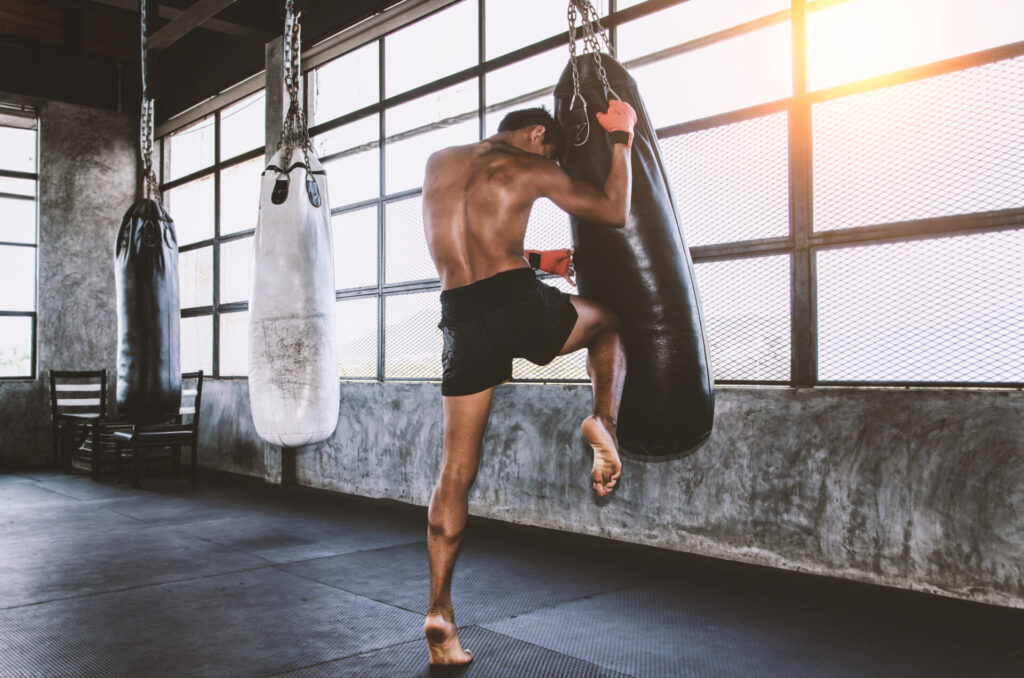
Muay Thai, often referred to as “The Art of Eight Limbs,” is a striking martial art from Thailand known for its use of fists, elbows, knees, and shins. Traditional Muay Thai does not have a belt ranking system unlike many other martial arts. The absence of a belt system is one of the distinctive features that sets Muay Thai apart from disciplines like Brazilian Jiu-Jitsu, Judo, or Karate, where belts are used to indicate a practitioner’s level of proficiency and experience.
Training and Progression in Muay Thai
In Muay Thai, a practitioner’s skill level is typically assessed through their performance in training and competition, rather than through a formal grading system. Progress and expertise are demonstrated in the ring, and fighters are often respected based on their fighting record, technique, and the level of opponents they have faced.
Modern Adaptations and Recognition
While traditional Muay Thai does not have a belt system, some modern Muay Thai schools, especially those outside of Thailand, have adopted a grading system to help signify a student’s progression. These systems are not standardized and can vary significantly from one gym to another. They are often implemented to help motivate students and provide a structured learning path, similar to those found in other martial arts.
These grading systems may involve colored armbands or shorts rather than belts. However, it’s important to note that these are adaptations for training purposes and are not part of the traditional Muay Thai practice in Thailand.
Focus on Practical Experience
In traditional Muay Thai gyms, especially in Thailand, the emphasis is on honing skills through rigorous training, sparring, and fighting. Fighters are encouraged to test their abilities by competing, and their experience in the ring speaks volumes about their proficiency. Respect and recognition come from demonstrated skill, toughness, and heart in training and fighting, rather than from wearing a particular color belt or armband.
Conclusion: Does Muay Thai Have Belts?
Muay Thai’s approach to progression and recognition is unique and deeply rooted in its cultural and historical context. While the absence of a belt system might be unfamiliar to practitioners of other martial arts, it reflects the practical, performance-based nature of Muay Thai. Whether a school uses a modern grading system or adheres to traditional practices, the essence of Muay Thai lies in the dedication to the art, the rigorous training, and the spirit displayed in the ring.
